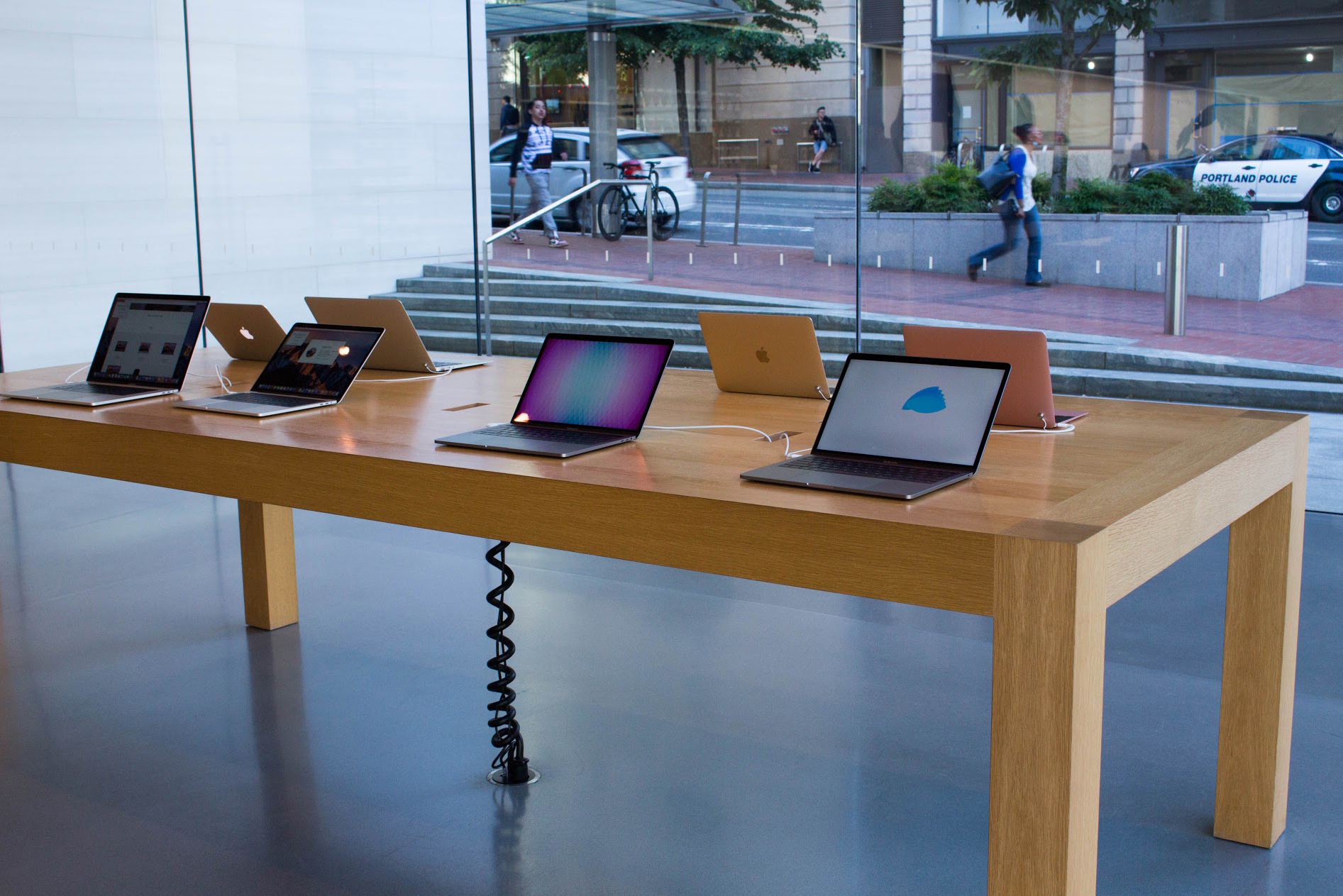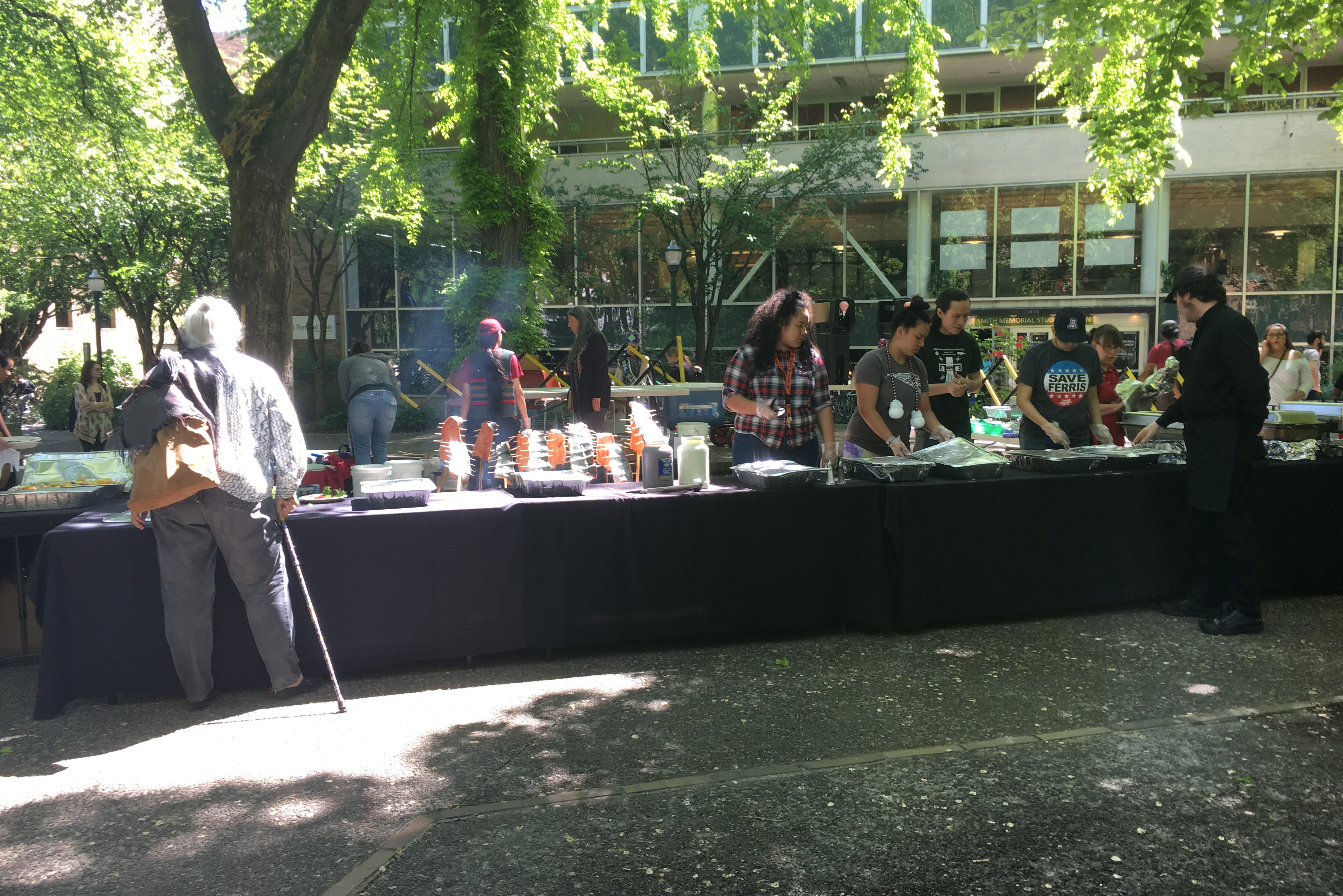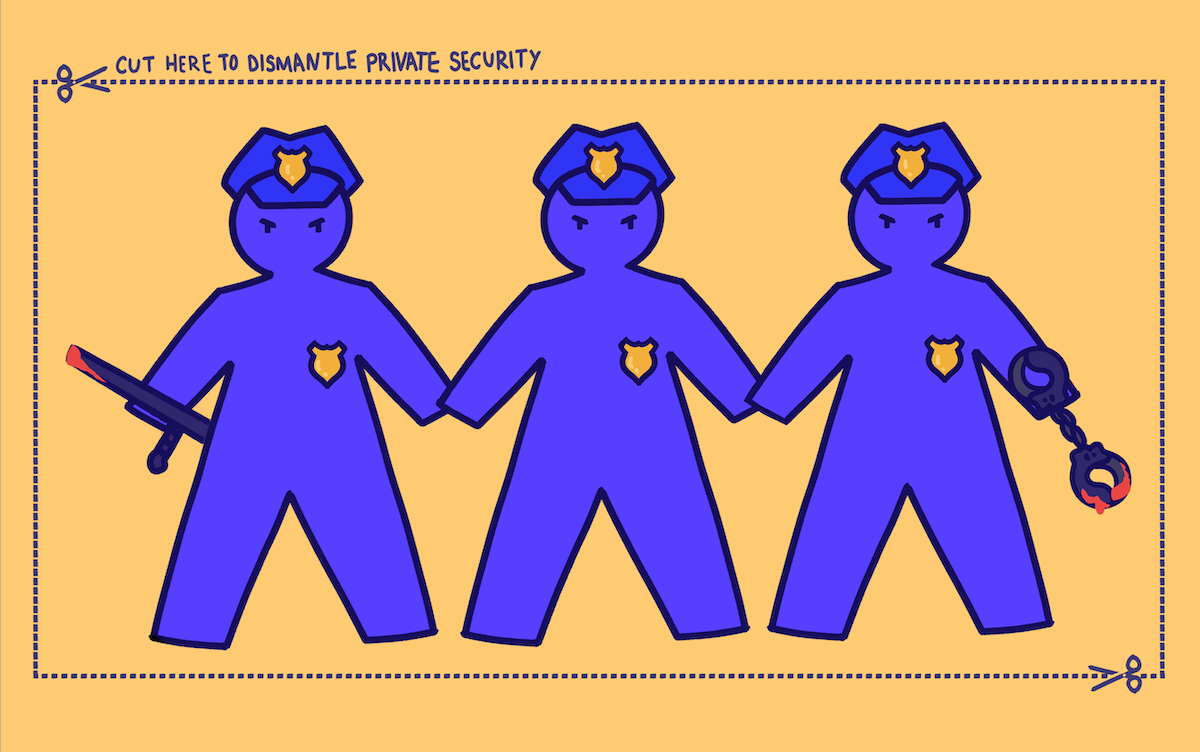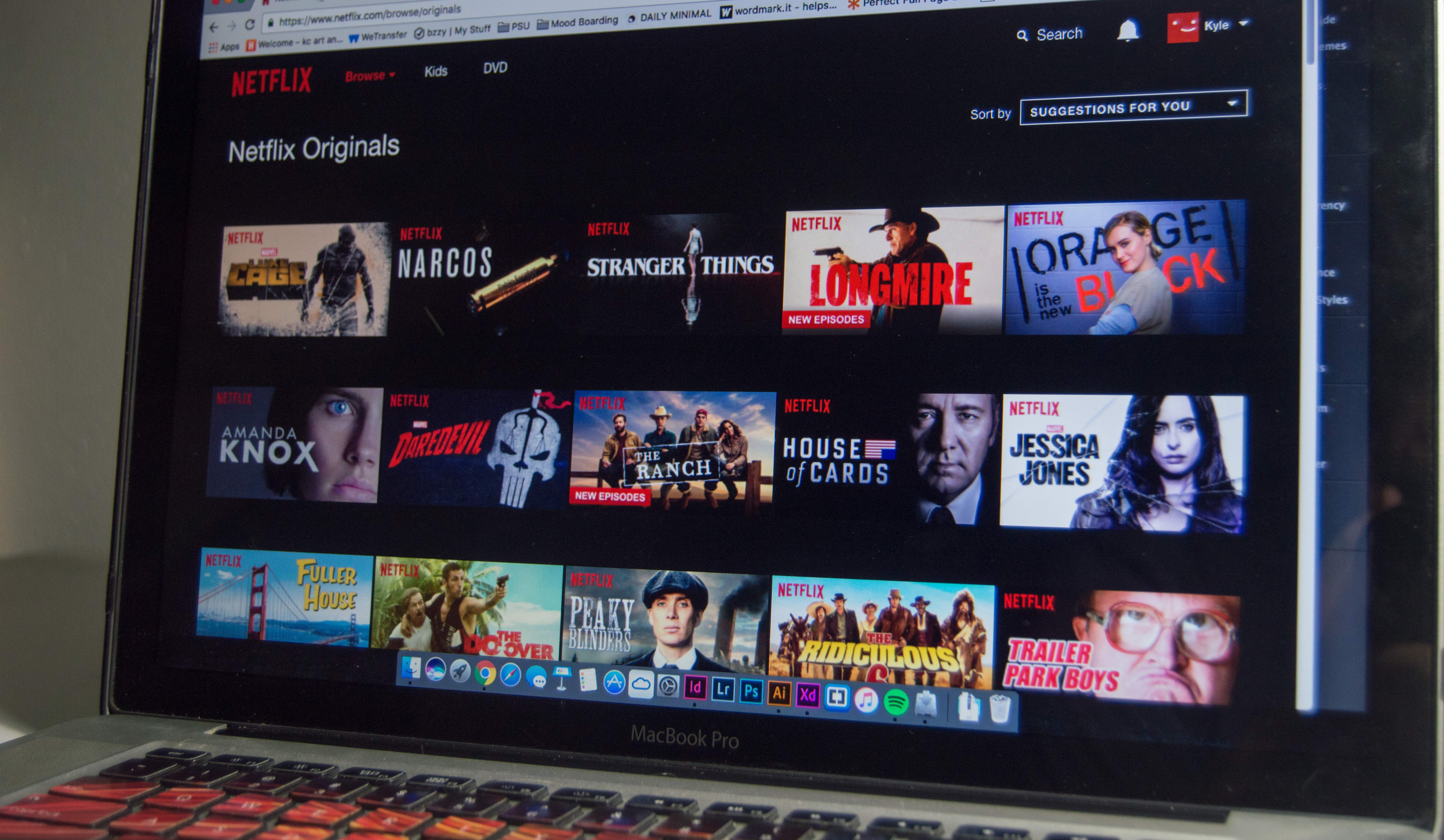While graduation is typically a happy occasion for many college seniors, the joy soon fades as the task of looking for a job becomes imminent and finding ways to pay off student loans becomes necessary.
Most students who are still working on their degrees are able to avoid making loan payments right away, but this also depends on the type of loan a student uses.
For this reason, it’s important for all students to know the difference between a subsidized loan and unsubsidized loan. According to the website provided by Blog.ed.gov, “The Federal Government pays the interest for Direct Subsidized Loans while the student is in college or while the loan is in deferment. Interest begins accruing for Direct Unsubsidized Loans as soon as the loan is taken out.”
Federal direct and private education loans are two other common loans that many students use to pay for their education. While FD loans allow students to borrow from the U.S. Department of Education and postpone immediate payments, private education loans require students to utilize private companies for loan agreements that often require an immediate payment plan. More often times than not, private student loans also accrue higher rates of interest, which can substantially accrue more debt over a shorter amount of time.
An Income-Driven Repayment plan is a popular option among many college graduates because it allows students to work with their lenders to oversee the amount of income the student is actually taking home while adjusting their loan payment to fit accordingly. Depending on a graduate’s financial circumstance, they may even qualify for reduced or forgiven monthly fees.
While the idea of tackling one’s loans may make them feel lost or overwhelmed, there are plenty of resources at Portland State to help students find the best options for paying back their loans.
Kareem Anderson is a financial coach who has being working in student finance for over ten years. “It’s important for students to know what type of loans they are accepting,” Anderson said. “We can layout a plan for students who are attending or graduating soon.”
Anderson also provided some tips to help with everyday finances that can help ease student anxieties for the future. One of Anderson’s tips is for students to be mindful of the extra money they have left over and to be careful not to spend money they don’t actually need. Anderson recommended that if students find themselves with extra disbursements, that they can avoid owing more or accruing more interest by simply notifying the college financial aid office and giving it back.
In fact, personally visiting the financial aid office on a regular basis to check one’s loan status is always a good idea to stay on top of getting the best advice and information for making good financial decisions.
PSU’s Financial Wellness Center is another helpful resource to check out for understanding student loan repayment plans. The FWC offers personal student loan advice on an appointment basis in order to plan ahead.
But wait, here’s another. iGrad Online Financial Education is also a useful tool for PSU students who can log on using their Odin ID and upload their information to the site.
As noted before, student loan payments can definitely feel daunting, but try not to let this affect how responsibly you’re able to manage your future credit scores and financial endeavors. Set yourself up for success and go get ’em!






